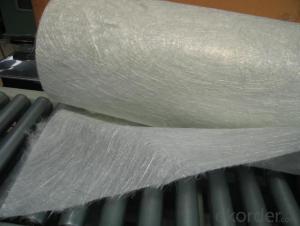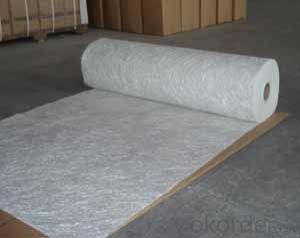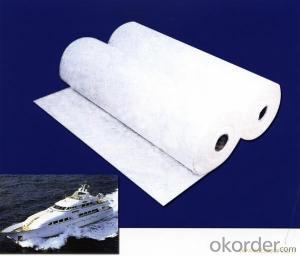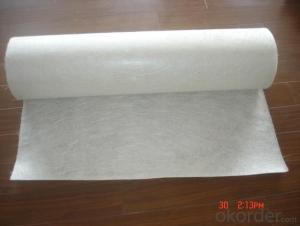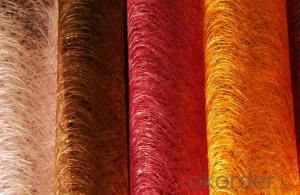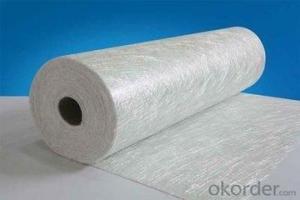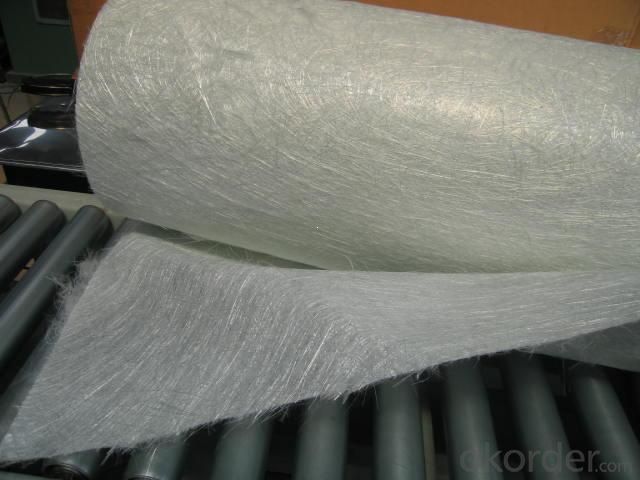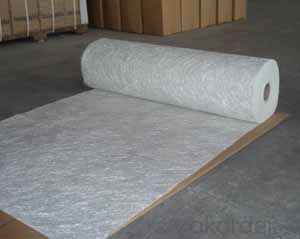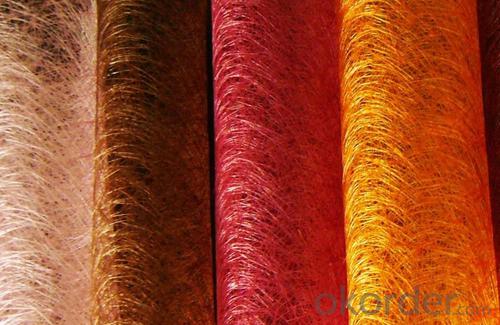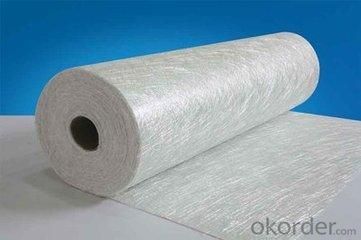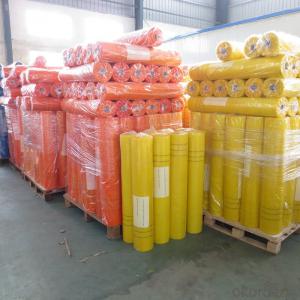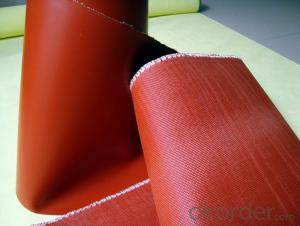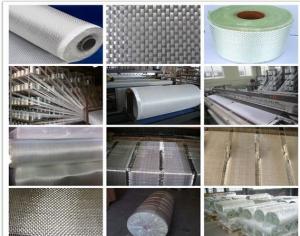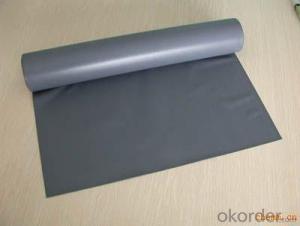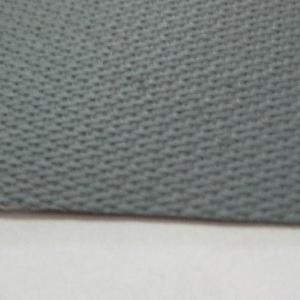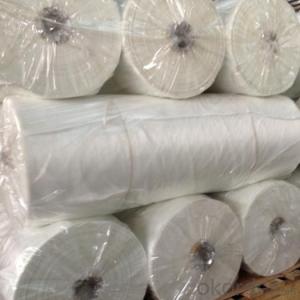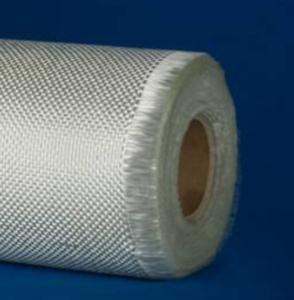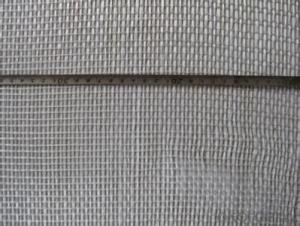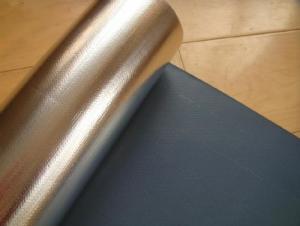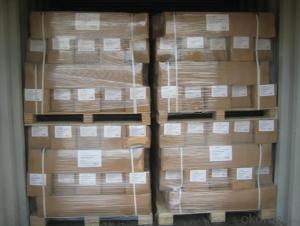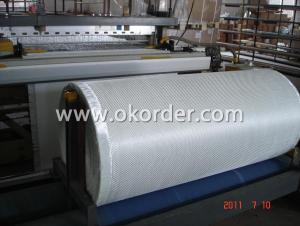Silicone Coated Fiberglass Fabric - Fiberglass Supplies/Fiberglass Reinforced Polymer
- Loading Port:
- Tianjin
- Payment Terms:
- TT OR LC
- Min Order Qty:
- 100 m.t.
- Supply Capability:
- 20000 m.t./month
OKorder Service Pledge
OKorder Financial Service
You Might Also Like
Quick Details
| Place of Origin: | Hebei, China (Mainland) | Brand Name: | Yuniu | Model Number: | thermoplastic Chopped Strands |
| Application: | thermoplastic | Surface Treatment: | silane | Technique: | chopping |
| Length: | 3-22mm | Quality: | Perfect | Certificate: | ISO9001:2000 |
| Color: | White |
Packaging & Delivery
| Packaging Details: | bag, pallet |
| Delivery Detail: | 7 days after the payment |
Specifications
Glass fibre Chopped Strands for concrete are designed for reinforcing PP, PA,PET, PBT POM, PPS and PC
Glass fibre Chopped Strands mainly used in injection and compression molding processes and its typical end-use applications include automotive industry, home appliances, valves, pump housings, chemical corrosion resistance and sports apparatus.
Product Features
1.Good strand integrity, low static and good flowability;
2.Fast and uniform distribution in resins, good processing properties and good mechanical
properties of the end products;
3.Good bonding with resins. No fiber sticking out at the surface of the end products and aesthetic
appearance.
Technical parameters
Filament Diameter(%): ±10
Moisture Content(%): ≤0.10
Size Content(%): 0.75±0.20
Chop Length (mm): ±1.0
Chop ability(%): ≥98
Packaging
Glass fibre Chopped Strands can be packed in bulk bags, cardboard boxes or composite plastic woven bags;
Bulk bags can hold 500kg~1000kg each;
Cardboard boxes and composite plastic woven bags can hold 15kg~25kg each.
Storage
Unless otherwise specified, fiberglass products should be stored in a dry, cool and rain-proof area. It is recommended that the room temperature and humidity should be always maintained at 15-35,35%-65% respectively.
Picture
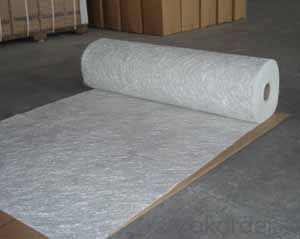



- Q: Can fiberglass fabric be used for heat-resistant curtains?
- Indeed, heat-resistant curtains can be fashioned from fiberglass fabric. Renowned for its exceptional heat resistance qualities, fiberglass can endure soaring temperatures without succumbing to melting or burning. It is a frequently favored option for situations necessitating fire resistance, such as curtains employed in industrial environments or those placed in close proximity to fire hazards. Fiberglass fabric is non-combustible and delivers heat insulation, rendering it an apt material for curtains requiring durability in the face of elevated temperatures.
- Q: What are the different fiberglass fabric finishes for UV resistance?
- UV resistance in fiberglass fabric can be achieved through various finishes. These finishes are applied to the fabric's surface to shield it from the harmful effects of UV radiation. Different finishes are available for UV resistance in fiberglass fabric, including: 1. Silicone Coating: This finish is ideal for applications that require high flexibility and heat resistance. It offers excellent UV resistance and is commonly used in industries like aerospace, automotive, and construction. 2. Acrylic Coating: Known for their durability and resistance to abrasion, acrylic-coated fiberglass fabrics offer good UV resistance. They are commonly used in outdoor applications like awnings, canopies, and outdoor furniture. 3. PTFE Coating: Polytetrafluoroethylene (PTFE) coatings provide exceptional UV resistance and are famous for their non-stick properties. They are often used in applications that require low friction, high heat resistance, and UV protection, such as conveyor belts, release sheets, and insulation covers. 4. PVC Coating: Polyvinyl chloride (PVC) coatings offer good UV resistance and are commonly used in applications that require waterproofing and UV protection. PVC-coated fiberglass fabrics are frequently used in outdoor covers, tents, and tarps. 5. Polyurethane Coating: Polyurethane (PU) coatings provide good UV resistance and are known for their flexibility and resistance to chemicals. PU-coated fiberglass fabrics find applications in flexible ducting, protective clothing, and inflatable structures where flexibility, UV protection, and resistance to oils and solvents are necessary. It is important to consider the specific requirements of the application when choosing a fiberglass fabric finish for UV resistance. Consulting with a knowledgeable supplier or manufacturer is recommended to determine the most suitable finish for a particular application.
- Q: What does "PCB" mean?
- What is the raw material of PCB (printed circuit board)? We know there is something called "glass", this kind of material in our daily life. Obviously, such as core fireproof cloth, fireproof felt is glass fiber, glass fiber and resin is easy to combine, we put into the tree structure of glass fiber cloth and high strength grease, hardening has heat insulation PCB, not easy to bend the substrate -- if the PCB board is broken, white edge delamination, enough to prove that the material is glass fiber resin.
- Q: Can fiberglass fabric be used for reinforcement in oil processing tanks?
- Indeed, the utilization of fiberglass fabric proves to be viable for the purpose of reinforcement within oil processing tanks. The exceptional attributes of high strength-to-weight ratio, resistance to corrosion, and durability are all well-known characteristics of fiberglass fabric. Consequently, it becomes an optimal material for enhancing the structural integrity of tanks enduring harsh environments, such as those found in oil processing. The application of this fabric onto the tanks can be executed through either the wet lay-up or vacuum infusion process, guaranteeing a proper adhesion and integration with the tank structure. Furthermore, the non-conductive and non-magnetic properties of fiberglass fabric render it suitable for implementation within tanks housing flammable or sensitive substances. In summary, the utilization of fiberglass fabric provides a reliable and cost-effective solution for reinforcing oil processing tanks.
- Q: Can fiberglass fabric be used for insulation in nuclear power plants?
- Yes, fiberglass fabric can be used for insulation in nuclear power plants. Its excellent thermal insulation properties, fire resistance, and low thermal conductivity make it a suitable choice for insulating various components and systems in nuclear power plants.
- Q: Is fiberglass fabric resistant to chemicals in industrial settings?
- In industrial settings, fiberglass fabric is generally resistant to chemicals. This fabric is made from fine glass fibers, which give it excellent resistance to a wide range of chemicals, including acids, alkalis, solvents, and oils. As a result, it is suitable for use in industries where workers come into contact with various chemicals, such as chemical processing, petrochemical, and pharmaceutical industries. Additionally, fiberglass fabric is well-known for its ability to withstand high temperatures and its flame retardant properties, making it even more suitable for industrial environments. However, it is important to note that the resistance of fiberglass fabric to chemicals may vary depending on the specific type and concentration of the chemical. Therefore, it is always recommended to consult the manufacturer's specifications or conduct compatibility tests before using fiberglass fabric in a particular industrial application.
- Q: Can fiberglass fabric be used for making clothing?
- Yes, fiberglass fabric can be used for making clothing. Fiberglass fabric is known for its durability, strength, and heat resistance. It is commonly used in industrial applications such as insulation, fireproofing, and protective equipment. However, when it comes to clothing, it is not a popular choice due to its properties. Fiberglass fabric is stiff and can be itchy and uncomfortable against the skin. It also does not have good breathability, which can cause excessive sweating. Additionally, fiberglass fabric is not flexible and does not drape well, making it difficult to create clothing with a proper fit and movement. Therefore, while technically possible, fiberglass fabric is not commonly used in the fashion industry for making clothing.
- Q: Can fiberglass fabric be used for reinforcement in septic tanks?
- Yes, fiberglass fabric can be used for reinforcement in septic tanks. Fiberglass fabric is known for its strength and durability, making it an excellent choice for reinforcing structures, including septic tanks. The fabric can be used to reinforce the walls and base of the tank, providing additional strength and preventing cracks or leaks. Additionally, fiberglass fabric is resistant to corrosion, which is important in a septic tank environment where there can be high levels of sewage and chemicals. Overall, using fiberglass fabric for reinforcement in septic tanks can enhance their longevity and structural integrity.
- Q: Are fiberglass fabrics suitable for use in the construction industry?
- Indeed, fiberglass fabrics prove to be a fitting option for utilization within the construction sector. These fabrics are crafted from delicate glass fibers, which are interwoven to produce a resilient, long-lasting, and adaptable material. This renders them a commendable selection for diverse construction undertakings. The construction industry finds fiberglass fabrics suitable primarily due to their elevated strength-to-weight ratio. They exhibit exceptional tensile strength and possess the ability to withstand substantial burdens and strains. As a result, they are well-suited for reinforcing concrete, providing structural reinforcement, and fortifying various construction components such as walls, beams, and columns. Moreover, fiberglass fabrics showcase resistance against corrosion, chemicals, and moisture. This attribute makes them apt for usage in environments that commonly encounter exposure to these factors, including coastal regions or industrial settings. Furthermore, fiberglass fabrics possess non-combustible properties and exhibit remarkable fire resistance, which is pivotal in ensuring the safety of a structure. Another advantageous characteristic of fiberglass fabrics is their versatility. They boast the ability to be effortlessly molded and shaped into a plethora of forms, rendering them suitable for an extensive array of construction applications. They can be employed to fabricate architectural embellishments, such as decorative panels or facades, as well as for insulation, roofing, and waterproofing systems. Furthermore, fiberglass fabrics are renowned for their exceptional thermal and sound insulation properties. Consequently, they prove highly desirable for enhancing energy efficiency and reducing noise propagation within buildings. They contribute towards maintaining comfortable indoor temperatures, diminishing heating and cooling expenses, and cultivating a tranquil and pleasant living or working atmosphere. To conclude, fiberglass fabrics are exceedingly well-suited for implementation within the construction industry. Their strength, durability, resistance to various elements, versatility, and insulation properties establish them as an exceptional choice for a wide array of construction applications. They contribute significantly towards the overall quality, safety, and energy efficiency of buildings.
- Q: Can fiberglass fabric be used for reinforcement in plastic tanks?
- Indeed, the utilization of fiberglass fabric is suitable for enhancing the reinforcement of plastic tanks. Renowned for its exceptional strength and durability, fiberglass fabric proves to be an optimal material for fortifying various structures, plastic tanks included. When it comes to the manufacturing process, this fabric can either be applied to the tank's surface or employed as a retrofit solution for preexisting tanks that require additional reinforcement. By integrating fiberglass fabric, the structural stability and ability to withstand external forces, such as pressure or impacts, are heightened, ensuring the tank remains resilient and maintains its shape over time. Notably, the corrosion resistance of fiberglass fabric is particularly advantageous for tanks storing corrosive substances. In conclusion, fiberglass fabric emerges as a reliable and cost-effective option for reinforcing plastic tanks.
Send your message to us
Silicone Coated Fiberglass Fabric - Fiberglass Supplies/Fiberglass Reinforced Polymer
- Loading Port:
- Tianjin
- Payment Terms:
- TT OR LC
- Min Order Qty:
- 100 m.t.
- Supply Capability:
- 20000 m.t./month
OKorder Service Pledge
OKorder Financial Service
Similar products
Hot products
Hot Searches
Related keywords
